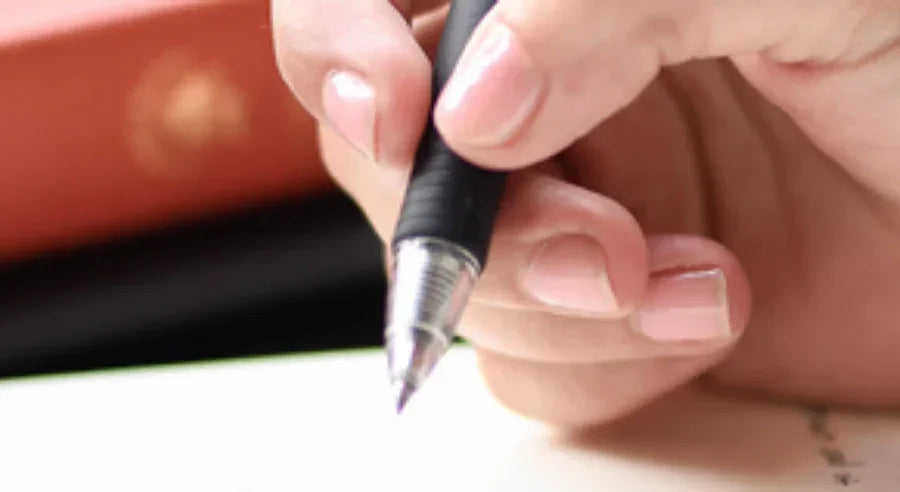LIVING WITH INCONTINENCE
Incontinence exercise
Read moreFREE SHIPPING ON ALL ORDERS!

If you’re experiencing any continence issues, keeping a record of fluid intake, leaks, urges and voids can be enlightening for you, and very useful for any healthcare professional you may consult.
It’s not unusual for people experiencing bladder leakage to over or underestimate the issue in their own mind. It makes perfect sense. Some people will play it down, for example discounting leaks as just not having enough time to make it to the toilet. For others, the experience can be so distressing, that the issue is magnified in their mind – believing they’re losing far more than they are.
Either way, a bladder diary will give the true picture and possibly identify a few triggers.
A bladder diary will typically record your daily
If you’re experiencing faecal incontinence or suffer from persistent constipation, include a record of bowel habits. For this, you may find the Bristol Stool chart useful. It’s a system for categorising the form of stools and is used the world over by healthcare professionals.
There are many templates for bladder diaries on the internet, so have a look around and find one that appeals to you. Just print them off and start completing them.
Here are a couple of good examples:
Alternatively, you can simply use a sheet of paper or a notebook, capture the relevant headings and make your own.
![]()
![]()
![]()
![]()
Most health care professionals like records to be over three to seven consecutive days.
The best course of action is to book an appointment with your doctor and take your diary along when you go.
The doctor may also ask about your diet, bowel habits, lifestyle and any regular medications. Make sure you have a list of any prescriptions you’re on, as well as any over-the-counter drugs and supplements you may be taking.
Armed with this information, the doctor will be able to discuss next steps, which may include any requirements for further diagnosis, referral to a specialist or treatment options.
While you’re waiting for your doctor’s appointment and if you aren’t already, you may find security and comfort in wearing an absorbent product. The entire TENA range has been designed to handle the thinner, faster flow of a weak bladder, rapidly absorbing and locking away fluid, keeping you dry and odour free.
Products range from those designed to handle just a few drops or a small gush (Shields for Men and Liners for Women) through to the complete protection of absorbent pants, also designed for Men and Women.
Take advantage of our Product Finder Tool, and Free Samples find the product that best suits you.
Sources:
Asaleo Care makes no warranties or representations regarding the completeness or accuracy of the information. This information should be used only as a guide and should not be relied upon as a substitute for professional, medical or other health professional advice.